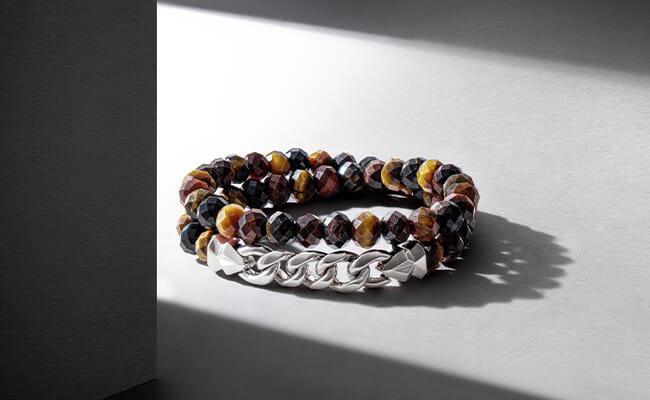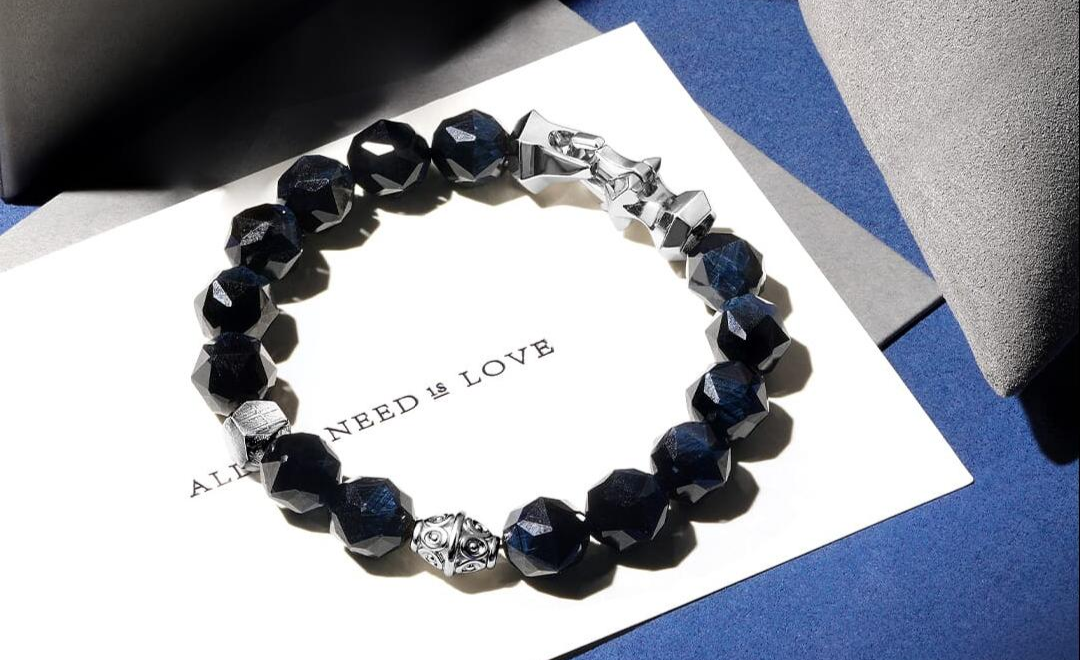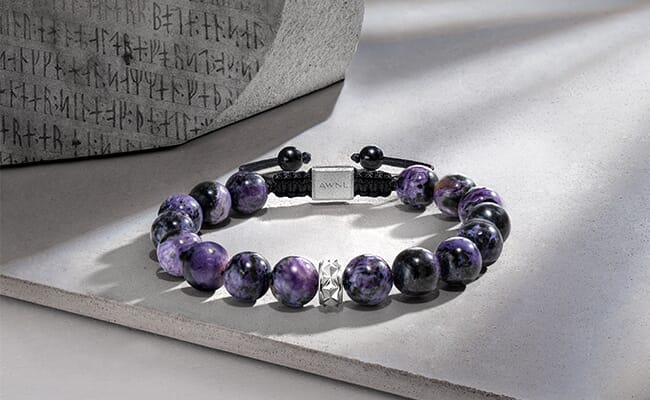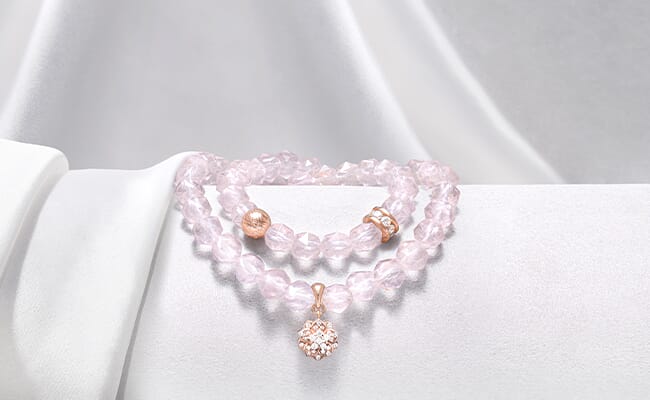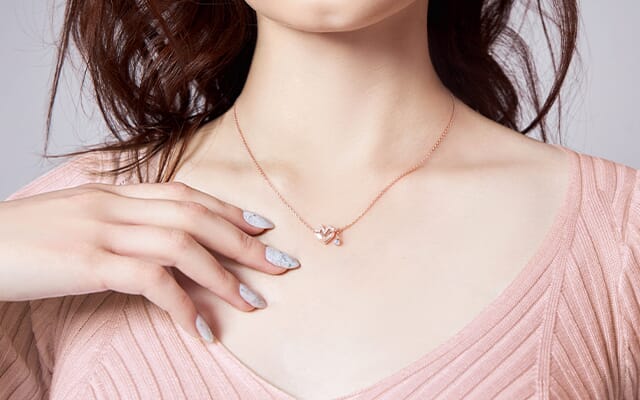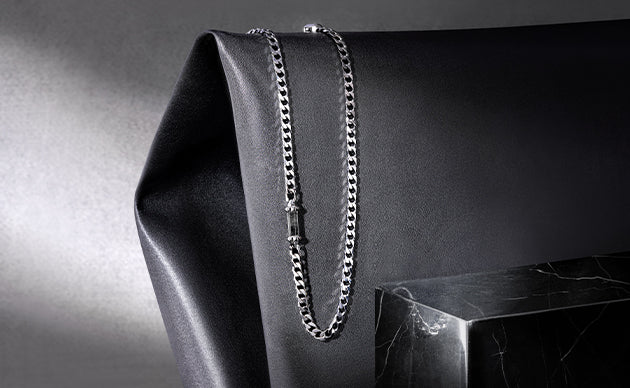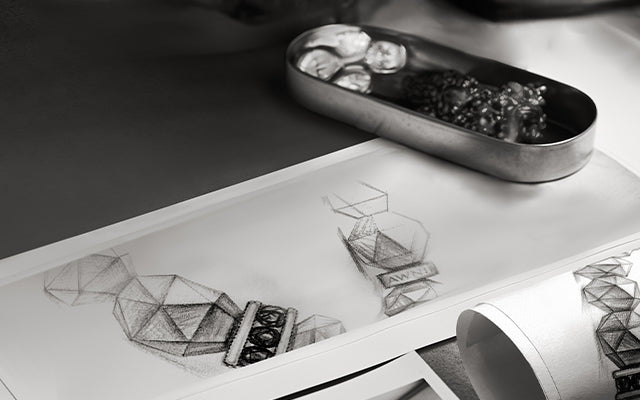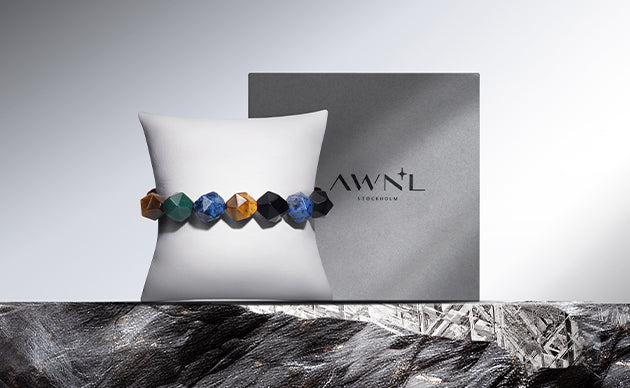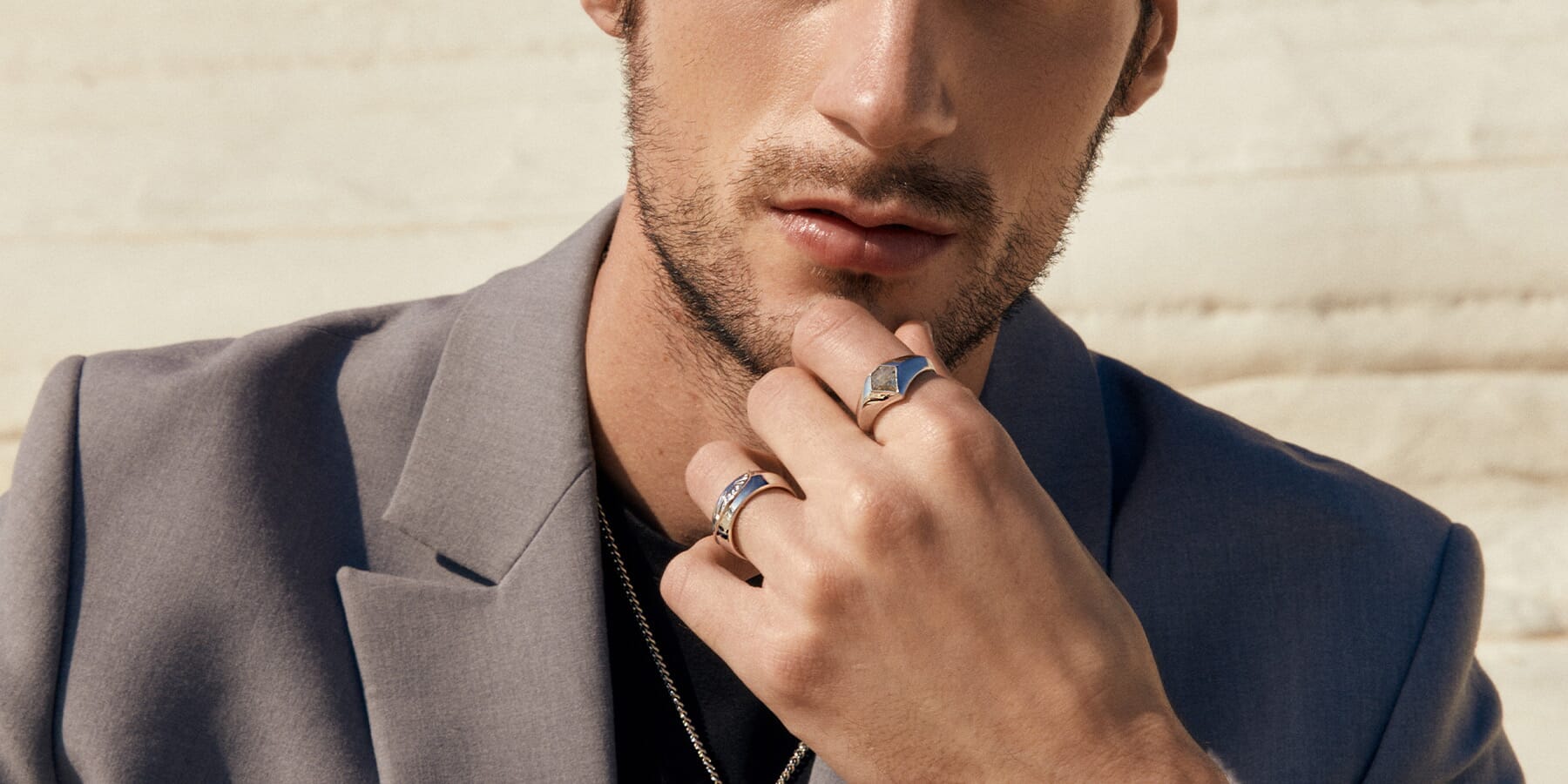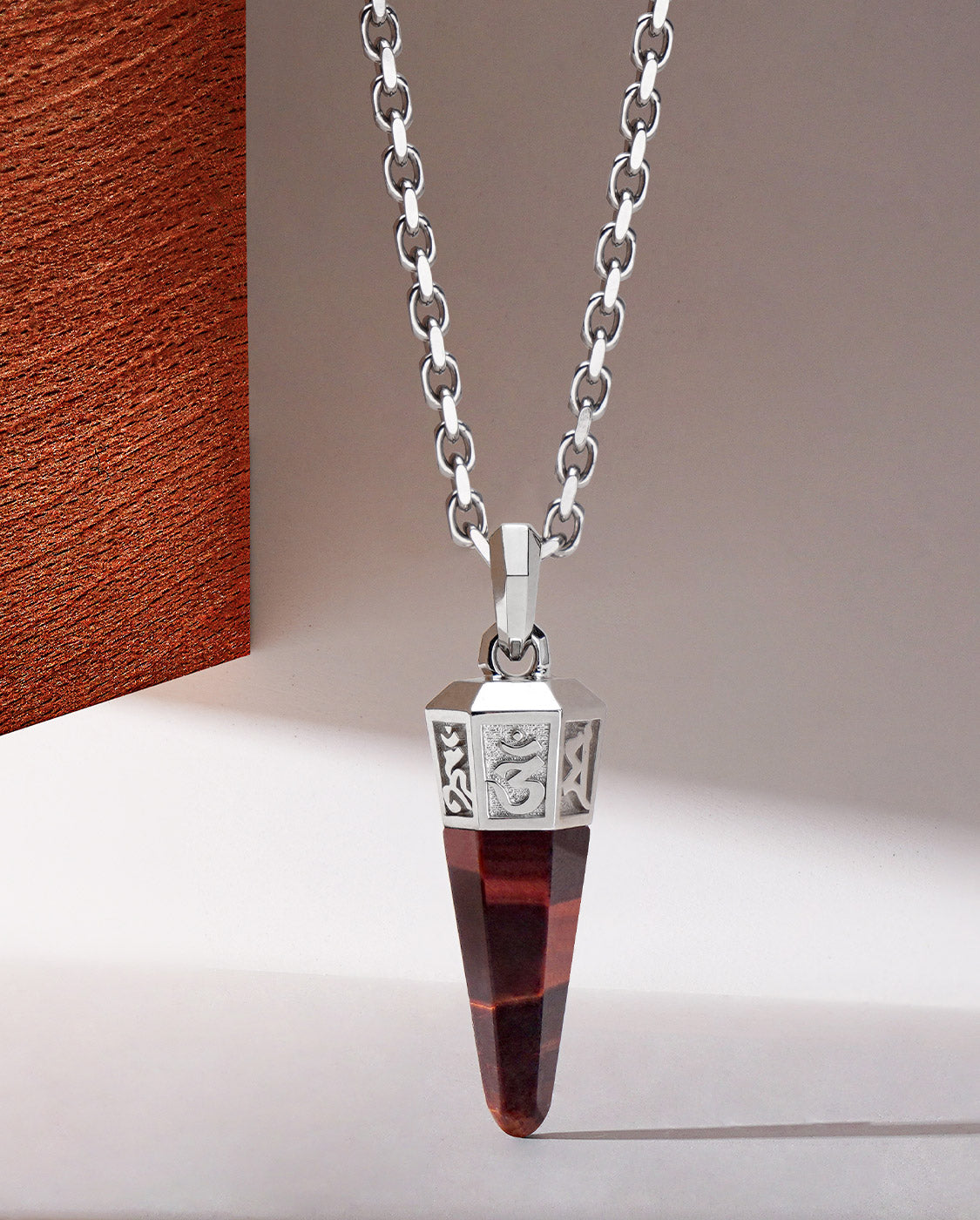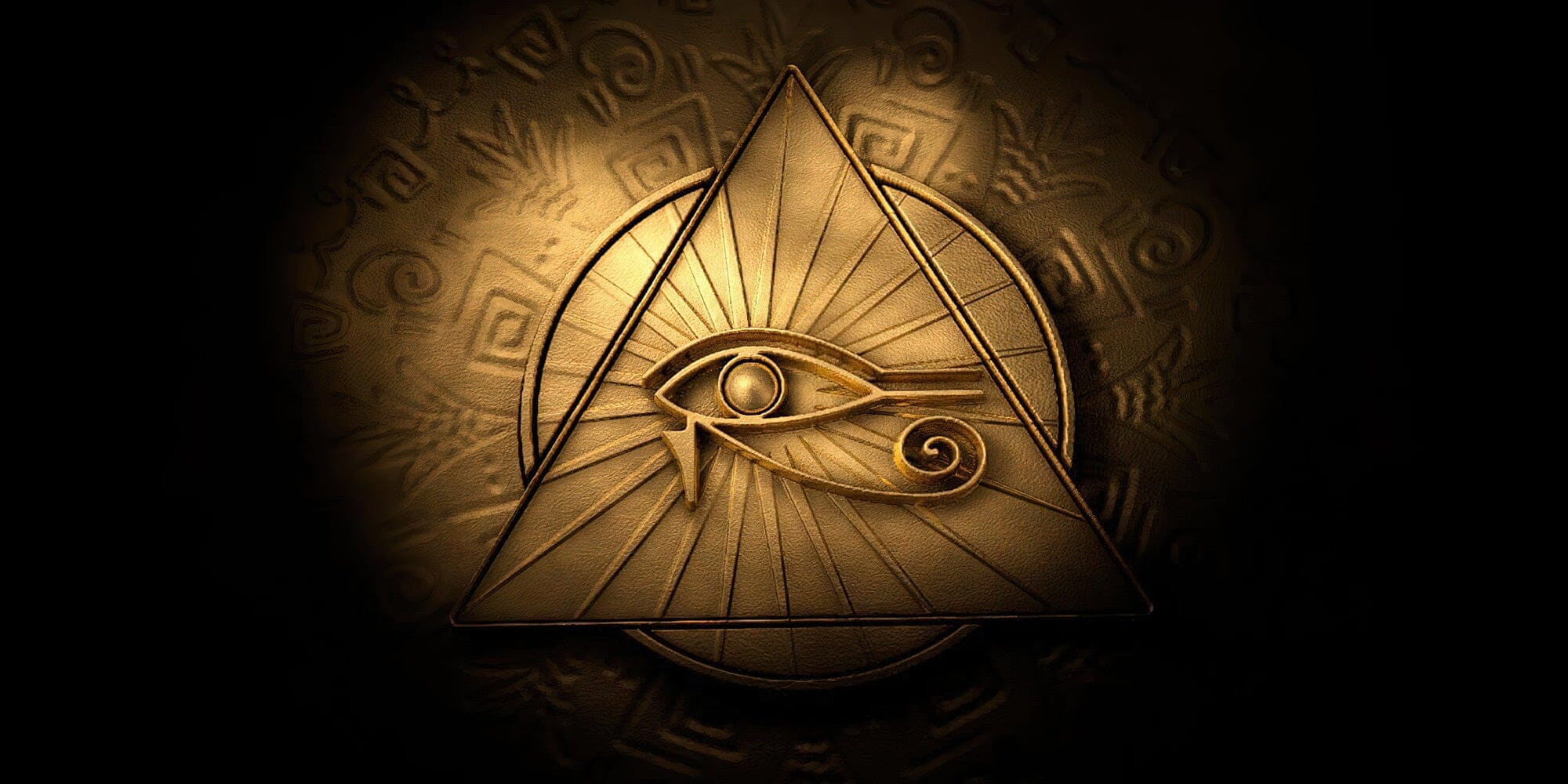
The Eye of Horus, the Omnipresent Guardian Power
Ancient Egypt is a place of wonder and mysticism. The fables and legends from this mystical society have filled the hearts of explorers and adventures from ancient times to the modern day. There are still many unsolved mysteries and symbols that continue to attract anthropologists and occultists. The most well-known is the Eye of Horus, regarded by the ancient Egyptians as an omnipresent, omniscient symbol of protection. Even today, the Eye of Horus symbol is still widely used in various decorative and artistic interpretations [1]. Interestingly, the shape of the Eye of Horus is of an eye, but also similar to the human brain's anatomy.

Eye of Horus Carved on Stone Wall
What is the Eye of Horus?
In ancient Egyptian mythology, Horus was the son of the god Osiris and the goddess Isis. The name "Horus" has several meanings, including "falcon," "man above," or "distant man."
Horus is the god of the sky, the patron saint of the pharaohs in ancient Egyptian mythology, a symbol of kingship, and the god of war. He is the most famous and beloved of the nine gods enshrined in Heliopolis in Egyptian mythology. Ancient Egyptians describe him as a falcon-headed deity, and in some hieroglyphs and artistic creations he is depicted as a falcon himself.

Ancient Egypt God Horus
The Eye of Horus, as the name suggests, is the eye of the eagle-headed god Horus, also known as the Eye of True Knowledge and the Egyptian Uga Eye. It is one of the three most common symbols in Egyptian history. Representing the all-seeing eye, it was widely depicted on amulets and coffins [2].
The right eye of Horus symbolizes the intact sun. According to legend, Horus defeated Seth and the right eye symbolizes the power to avoid pain and overcome evil. The left eye of Horus symbolizes the defective moon. According to legend, Horus dedicated his left eye to Osiris. Thus, the left eye also distinguishes between good and evil, and defends health and happiness. The ancient Egyptians also believed that Horus' left eye had the power to resurrect the dead.
Horus' right eye depicts the sun and his left eye depicts the moon, which symbolizes Horus’ rule of the heavens.
Eye of Horus as Egypt's Eternal Talisman
The Eye of Horus played an extremely important role in the ancient Egyptian civilization and even in the Mediterranean civilization, appearing on inscriptions, amulets, jewelry, and sculptures everywhere.
A bracelet worn by the mummy of the 22nd dynasty pharaoh Shosheng 2 (Shosheng|during the reign of 887-885 BC) of the late New Kingdom era (also known as the Third Intermediate Period, 1070-664 BC) of Ancient Egypt, It has the shape of the Eye of Horus, which is said to protect the pharaoh from bad luck and give wisdom and happiness in the afterlife [3].
According to anthropologists, the ancient Egyptians painted the Eye of Horus on the bow of their ships before embarking on a dangerous voyage, this was used as a potent guide to protect the ship's travel in uncharted waters and prevent erosion from evil forces.
The ancient Egyptians believed that the eye was not just a passive organ of vision, but had magical properties that also represented protection, action, and anger. Therefore, they used to wear jewellery made of gold, carnelian and lapis lazuli, adorned with turquoise, lapis lazuli and other natural gemstones.

Gold Ornament of the Eye of Horus Ptolemaic Period (305-30 BC)
The ancient Egyptians believed that hieroglyphs were a symbol of divine protection, representing the importance of the gods in the mortal realm, so the Eye of Horus was also used in funerals as the guiding eye of the pharaohs to the underworld. Some of the most exquisite funeral amulets are from excavated sites. Even the pyramid was designed in the form of the Eye of Horus.
Today, the Eye of Horus has transcended from its native Egyptian cultural origins and extended its influence to all cultures and religions. It is still relevant in our modern world.
Eye of Horus in Jewelry
The ancient Egyptian aesthetic, full of symbols and hieroglyphs, is known to be the inspiration for many artworks and jewelry, and the Eye of Horus is popular not only for its natural appeal but for everything it symbolizes.
In modern society, the Eye of Horus is a symbol of protection, health, sovereignty, and royalty and is a popular design for many jewelry brands. The inspiration for our Eye of Horus Design in Ancient Protection also derives from the Ancient Egyptian stories about this mystical eye.
The bracelet is decorated with natural materials such as gems and spar carefully selected from around the world with an emphasis on nature and natural materials and Ancient Egyptian civilization and magical power, giving the wearer protection and self-confidence.
Shop AWNL Eye of Horus Bracelet
The popularity of the Eye of Horus as a protection symbol far exceeded the age of ancient Egypt. The richness and mystery of that ancient culture are still used today in many jewelry brands as a powerful talisman to prevent pain and overcome evil.
References
[1] Pinch G. Egyptian Mythology: A Guide to Ancient Egyptian Gods, Goddesses, and Traditions.
[2] Grajetzki W. Funeral Customs in Ancient Egypt. 2003.
[3] Wang Huaixuan. Letter from the Nile | The Holy Eye: The Origin, Worship, and Symbol of the "Eye of Horus". The Paper


